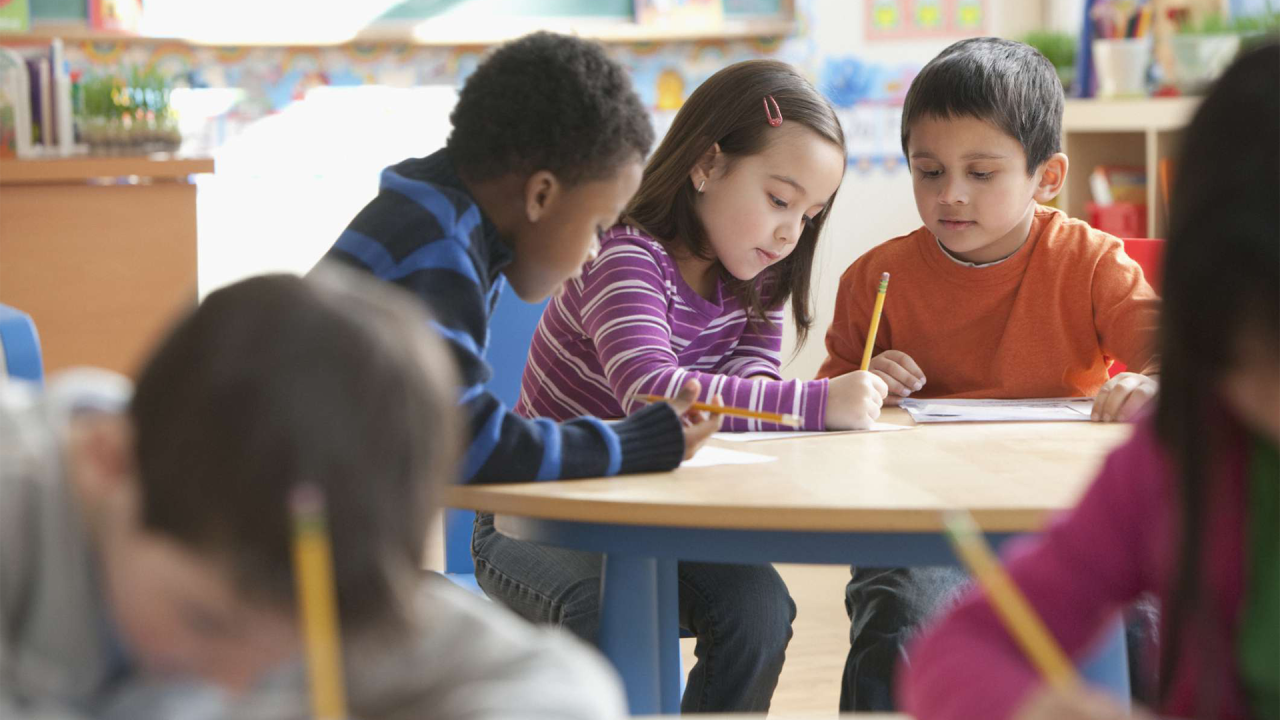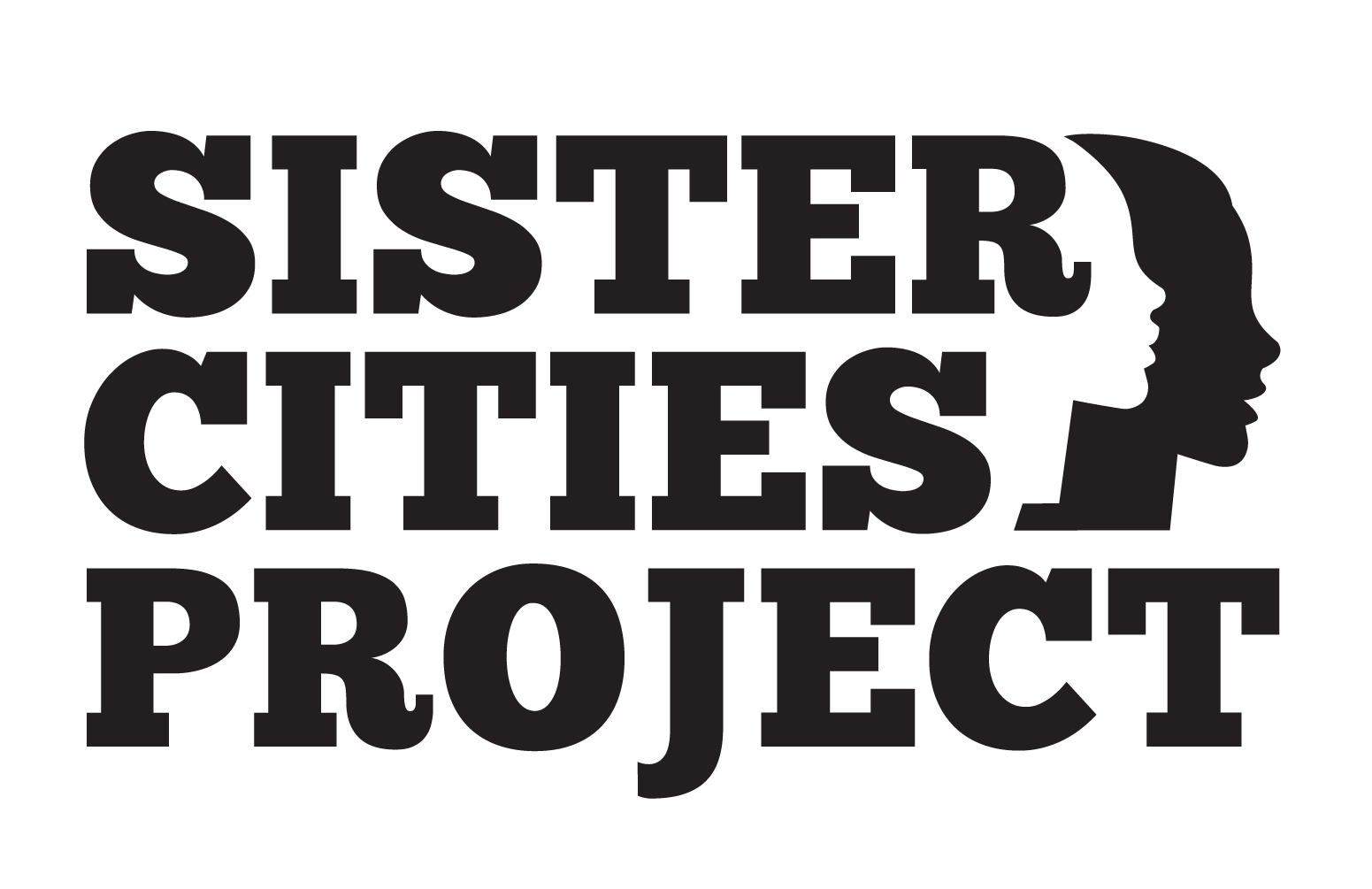
The Great Equalizer?
In America, education is heralded as the great equalizer—the foundation for opportunity and success. Yet, the reality is that our education system is deeply flawed, marred by inequality largely driven by how we fund our schools. This inequity stems from a system where the bulk of school funding is derived from local property taxes, inherently tying the quality of education to the wealth of a community. This must change for us to ensure a brighter future for all children, regardless of their zip code.
The Property Tax Problem: A Historical Overview
The reliance on property taxes for school funding has roots in the early 20th century when local control of schools was considered paramount. Over time, this method became entrenched in state policies and laws, creating a stark divide between affluent and underserved communities. Wealthier areas with higher property values generate more revenue, enabling them to spend more per student and afford better facilities, technology, and teachers. Conversely, communities with lower property values struggle to provide even basic educational resources.
Key Policies and Laws
Several landmark cases and policies have shaped this funding landscape:
- San Antonio Independent School District v. Rodriguez (1973): The Supreme Court ruled that education is not a fundamental right under the U.S. Constitution, allowing states to continue using property taxes to fund schools despite resulting inequalities.
- Serrano v. Priest (1971): This California case led to a series of reforms aimed at equalizing school funding across districts. However, disparities persist due to local funding variances.
- Proposition 13 (1978): This California law limited property tax rates, exacerbating funding issues for schools as revenue was capped.
The Impact of Funding Disparities
Educational Outcomes
The correlation between funding and educational outcomes is stark. According to the National Center for Education Statistics (NCES), students in high-poverty schools are more likely to have less experienced teachers, larger class sizes, and inadequate access to educational materials and extracurricular activities. These disparities manifest in lower test scores, graduation rates, and college attendance.
For instance, the affluent Scarsdale Union Free School District in New York spends over $30,000 per student annually, with high property tax revenues supporting this expenditure. Meanwhile, the Philadelphia City School District, serving a lower-income population, spends less than $15,000 per student, struggling with outdated textbooks and insufficient staff. Closer to home, in San Diego County, the wealthy Rancho Santa Fe School District spends approximately $25,000 per student compared to the lower-income San Diego Unified School District, which spends around $12,000 per student, reflecting similar disparities in funding and resources.
Societal Implications
A well-educated population is crucial for societal progress. Education fosters critical thinking, innovation, and civic engagement. It reduces poverty and crime rates, promotes economic growth, and enhances overall quality of life. When large segments of society receive subpar education, the entire nation suffers. According to a study by the Organization for Economic Cooperation and Development (OECD), countries with higher educational attainment levels experience faster economic growth and higher median incomes.
Current Focuses in Education: Are They Effective?
Despite the myriad initiatives aimed at reforming education—such as standardized testing, teacher evaluations, and school choice policies—the fundamental issue of inequitable funding remains largely unaddressed. These measures often fail to account for the resource disparities that underpin educational inequality.
The Decline of U.S. Education
International assessments like the Programme for International Student Assessment (PISA) show that the U.S. is falling behind other developed nations in math, reading, and science. This decline can be partly attributed to the uneven distribution of educational resources, which hinders the potential of students in underfunded schools.
Success Stories: Alternative Funding Models
Some states and cities are experimenting with alternative funding models to address these disparities:
- Vermont’s Act 60: This law pools property tax revenue at the state level and redistributes it based on student needs, significantly reducing funding gaps.
- New Jersey’s Abbott Districts: Following a series of court rulings, the state directs additional funds to 31 poor urban districts, helping to close the resource gap.
These examples demonstrate that change is possible and that equitable funding can lead to improved educational outcomes.
Actionable Solutions: A Path Forward
Federal and State Interventions
To address the inequities in school funding, both federal and state governments must play a more active role. Federal funding should be increased and allocated based on need, ensuring that schools in low-income areas receive the resources necessary to provide a quality education. States should adopt funding formulas that prioritize equity, similar to Vermont’s Act 60.
Community and Philanthropic Involvement
Communities and philanthropic organizations also have a role to play. Local businesses can form partnerships with schools to provide resources and support. Philanthropic foundations can fund programs aimed at bridging the resource gap in underfunded schools.
Advocacy and Awareness
Public awareness and advocacy are crucial. Educators, parents, and concerned citizens must advocate for fair funding policies. By raising awareness about the disparities and their impact, we can build momentum for change.
Conclusion: A Call for Change
Our current system of tying school funding to property taxes is inherently unfair and perpetuates educational inequality. For the sake of our children and the future of our society, we must advocate for policies that ensure all schools, regardless of their location, receive adequate funding. By doing so, we can provide every child with the opportunity to succeed and build a more just and prosperous nation.
Let’s demand a fairer funding system that reflects our values and invests in the potential of every student. The future of our country depends on it.


No Comments